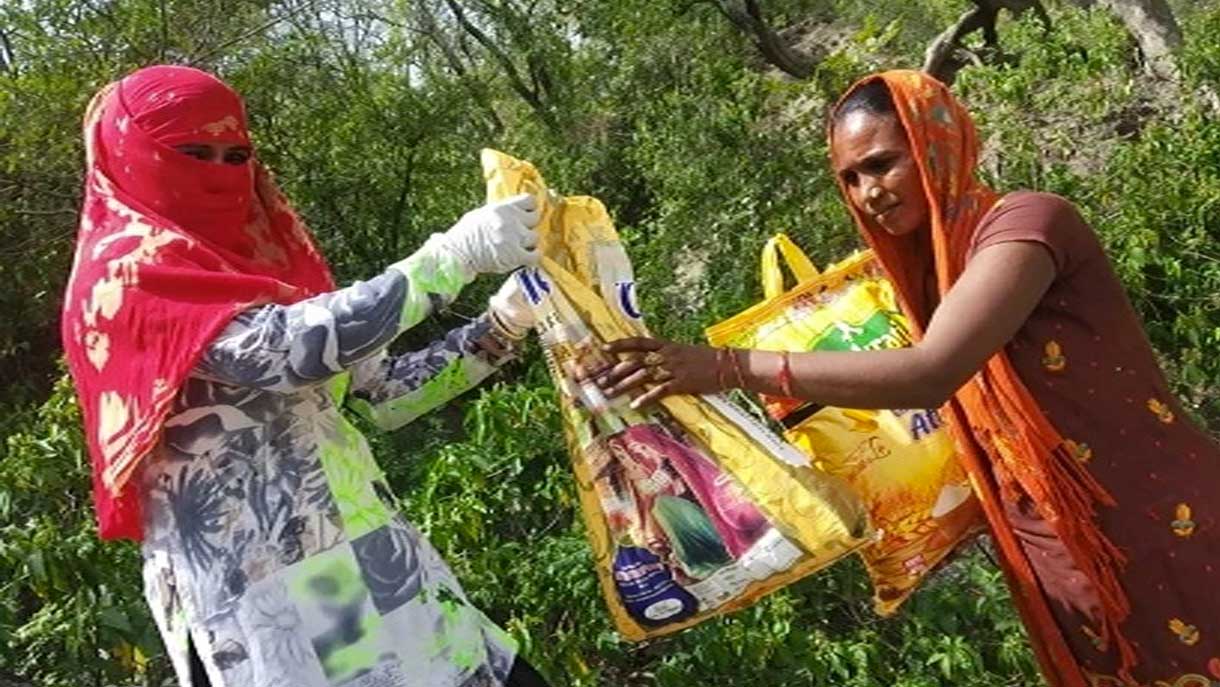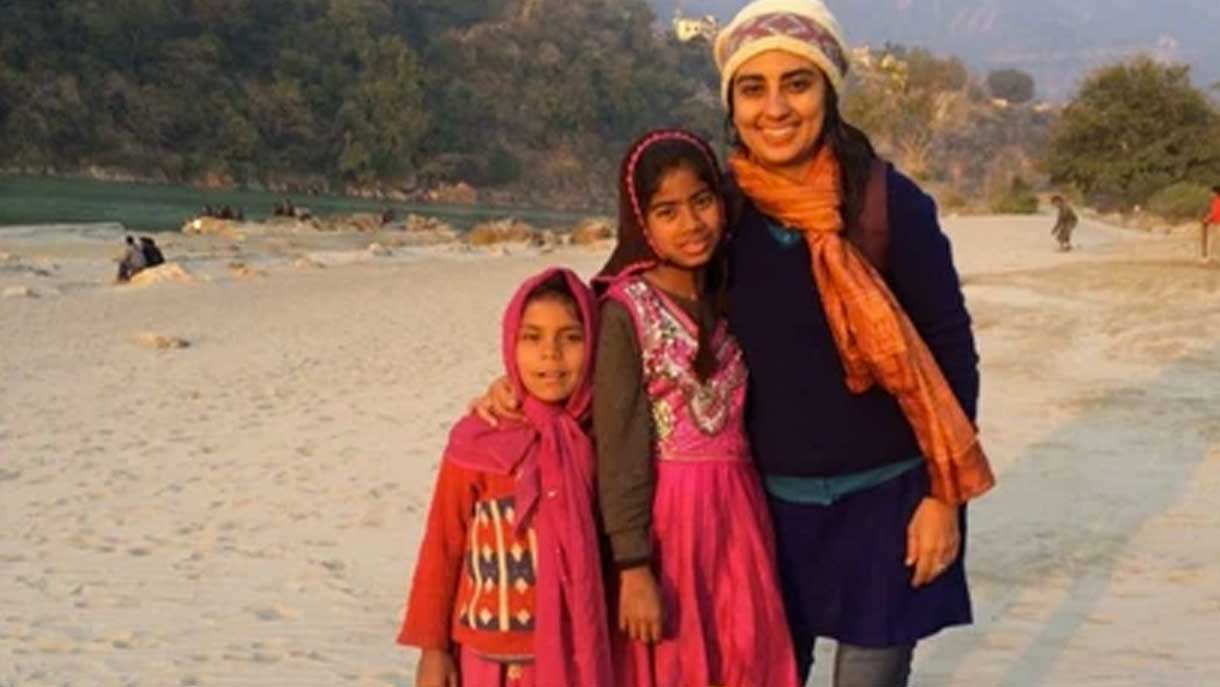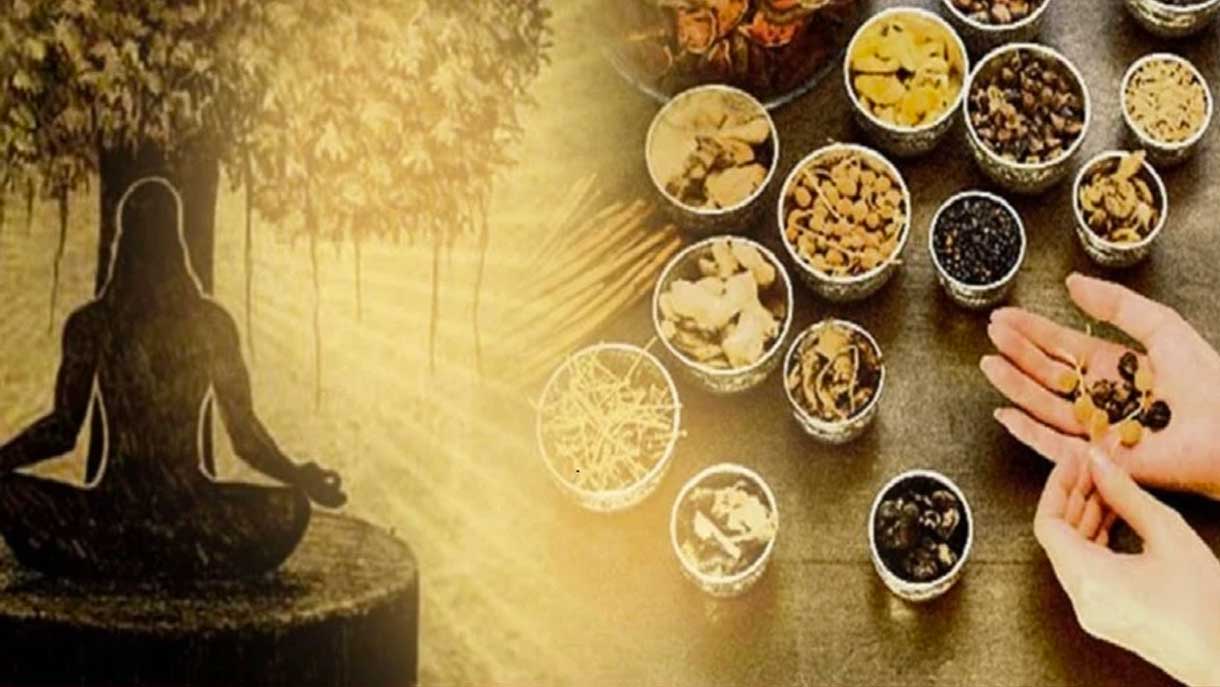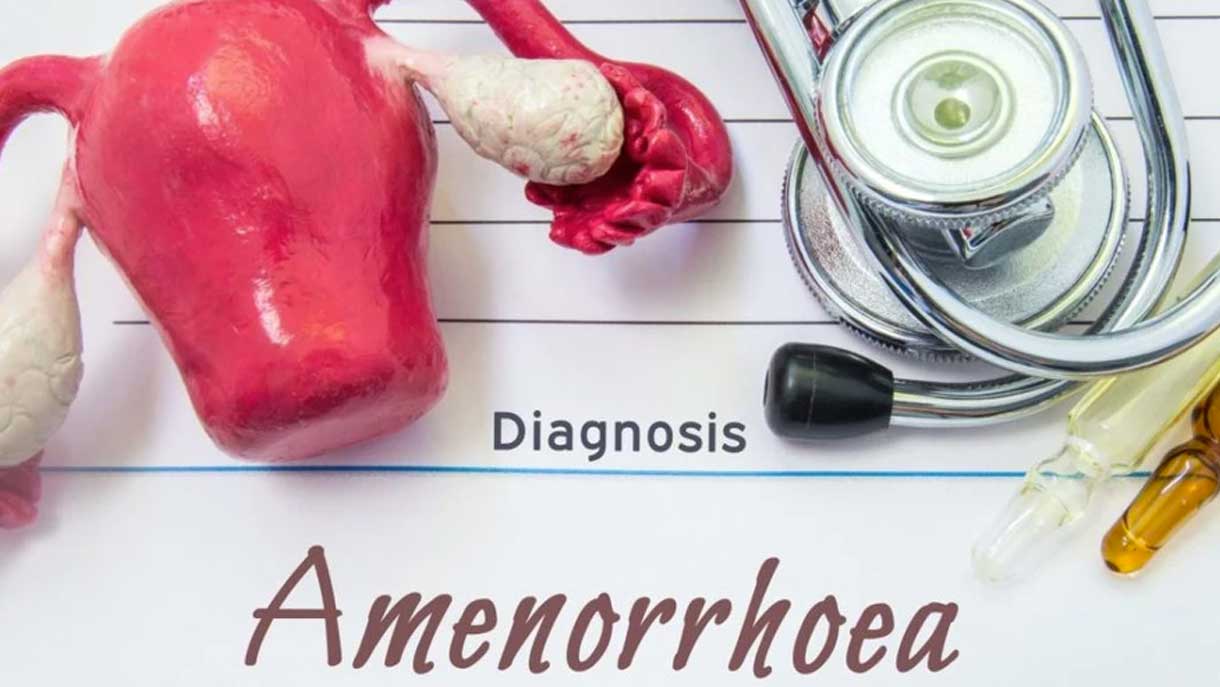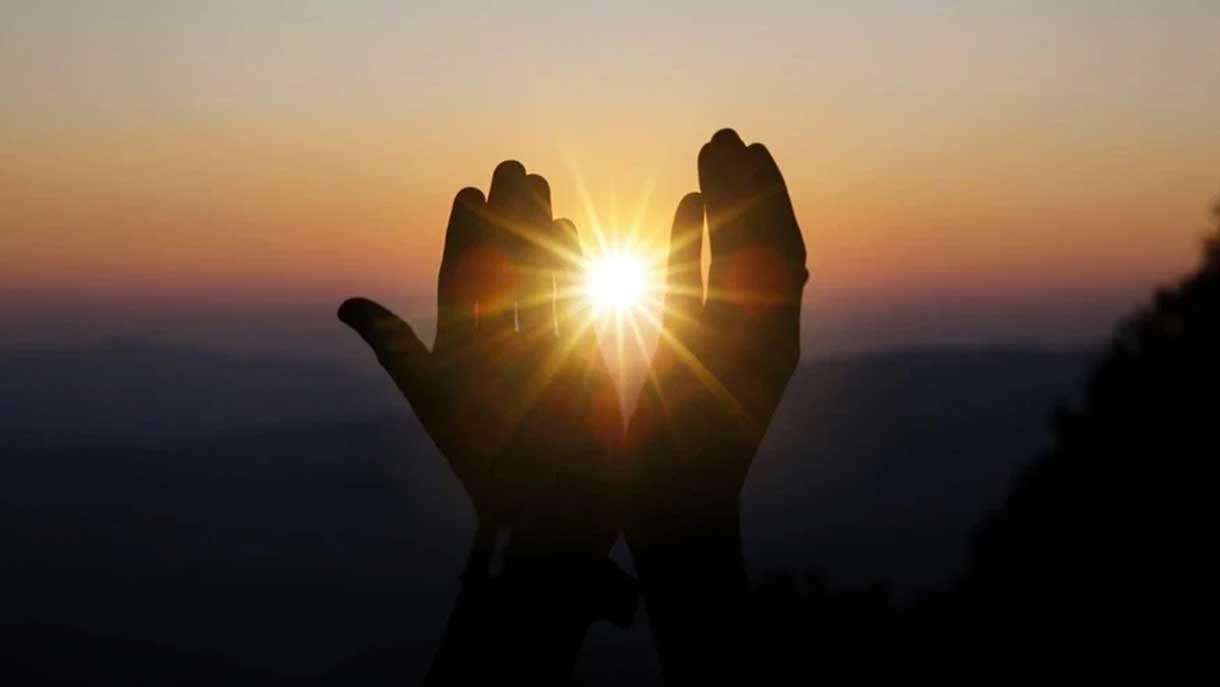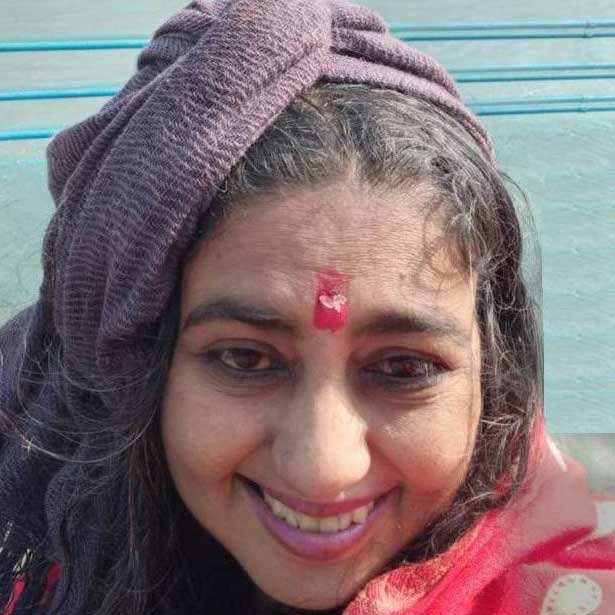At 16, I went to India for a visit with my parents and sisters. I was a rebel, wanted to dye my hair purple, wore tight jeans and had no idea about Hinduism, or the desire to find out. As soon as I got off the plane I felt at home. I was happy that I would not experience racism. Growing up in the days of the National Front, (a fascist party) in Britain, with a Punjabi heritage, was not easy, due to the physical, emotional and psychological harassment that was directed at me, and other non-white people.
After my first dip in the River Ganges, I prayed that I would live by her (Mother Ganga’s) side one day. Coming from a punky, westernised, atheistic teenager, that was weird. Then a month later I was back to grey UK. Dreaming of India, I completed my end of school exams. But my fascination for India and its culture and religion was growing exponentially.
Having a western logical mind, (I trained and practised as a lawyer), and then this unexpected love for theistic India, was disorientating. My perception of life was slowly cracking. I gradually spent more and more time in India. The heart of India and its knowledge systems, I found utterly logical. However, the downside of India I found was the lack of day-to-day integrity and corruption, which I had not experienced in my life in the UK. The religious hypocrisy also got to me. One minute you are praying, and the next minute you are cheating someone.
If only the wisdom of Indian holistic knowledge systems could be married with the basic day-to-day ethics of the Indian Knowledge systems, we would have a perfect and exemplary culture. This is what I hope to achieve, even if it is on a small scale.
Ayurveda is the traditional Indian system of medicine. It has given me a whole new perspective to look at life. From the day I read Dr Robert Svoboda’ s book, “Ayurveda, life health and longevity”, I began to see the interconnectedness of life as a whole, and how this deeper ecosystem of life is reflected in us. This understanding deepened to a whole other level of practice and theory when I met Dr Vasudevan, my Ayurveda and Yoga teacher, who has been the most influential in my understanding of Ayurveda and Yoga. I also learnt much from Dr RamKumar, and his holistic implementation of Ayurveda at his Ayurveda Healing Village at Vaidyagrama, in the state of Tamil Nadu.
I could never have learnt from my education in London that the human being is a microcosm of the cosmos itself. In Ayurveda, we wake up as close to sunrise as possible to gain more vital energy from the sun. We eat our main meal when the sun is at its peak, as the metabolism is strongest then, and we eat what is local and seasonal. There is endless wellness advice given on how living in harmony with nature’s biorhythms, brings about better health and well-being. Ayurveda is about the connectivity of the universe, and how to live in harmony with all that exists.
My compartmentalised mind was shattered. I saw there was a unity in diversity. It all started making sense. The science of the Indian knowledge systems made far more sense to me than western philosophy and science. This is not to demean western science and philosophy in any way, as without them, I might not have the logical mind I have today. My way of looking at the world moved from reductionistic to holistic. The broken world got interconnected. Hard nut Renu cracked, and my perspective shifted.
Travelling alone across India during vacations, I realised I had developed the ‘India syndrome’. This is a term I coined with a friend to describe a way of looking at India through rose-tinted glasses: that India is a heaven of sorts and a place to reach the ultimate goal of peace. The heart of India, despite the day-to-day corruption, was not easy. Nevertheless, I was still in love with Mother India.
Here in India, I find a land of chaos, but within that chaos, there lies an unwritten understanding. The flexibility and hospitality of the Indian heart are striking and unique features of this nation. However, this flexibility can convert into Indian stretchable time, lack of punctuality, and a lack of clarity with money. This is not to say it does not happen in other cultures but it was my first real experience of it. India is a completely different world, one that has its own rhythms.
Indians worship the deity of Kala, which means Time. They worship the deity of good fortune or money, they call Lakshmi. They worship the deity of Knowledge, as the Goddess Saraswati. The whole of the Indian knowledge system is founded on Dharma, which is a way of life-based on non-harming ( Ahimsa). In simple terms, Ahimsa can be interpreted as respect for all that exists.
Today, I am running a business based on ‘dharmic’ principles, working with empowering women, fair trade and eco products. I have never run a business before so I can’t compare. Nevertheless, I have never found myself, in my business life so disrespected and cheated. India is a country of extreme contradictions. In a country where Hindu religious teachings, mantras and rituals are ingrained from childhood, it is a stark contrast. There is a huge contradiction I find, between the way people behave in everyday life in India, and the texts of wisdom from its ancient culture. But, to be fair, I experience more kindness, love and flexibility from the women I work with than I ever have before.
The lack of day to day integrity, in India, is challenging but the love and kindness so endearing. This makes India hard to leave. I value the integrity of the day-to-day organized attitude of the West and yearn for that, but on the other hand, the cold heart of most of the west is hard to bear. However, I must admit that my closest friends are still from the West. I may seem to be making generalisations, but all I want is a society of love and integrity: a combination of the Indian heart and the ethics of the traditional Indian Knowledge Systems.
All this said and done, I don’t feel I could ever leave the heart of Mother India.
